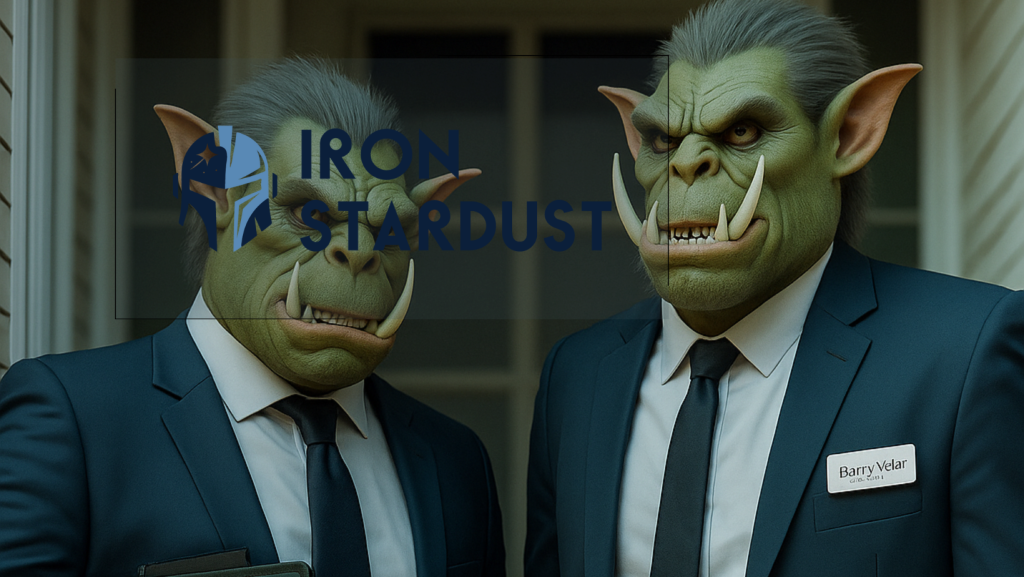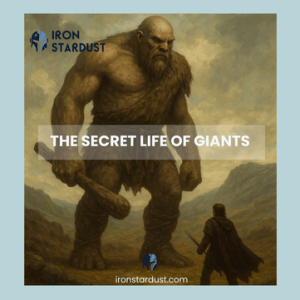
Have you ever asked yourself: “Are ogres real?” It’s one of those fun questions that sits right at the edge of fantasy and folklore, the kind you might whisper at a campfire or after watching Shrek for the fifth time. Ogres have been around for centuries, stomping through myths and stories from all around the world. But where did the idea come from? And could there be any truth behind the tales?
Let’s take a closer look at ogres—real or imagined—and how they’ve evolved into something unique in the world of Iron Stardust.
What Is an Ogre, Anyway?
Ogres are usually described as huge, terrifying, man-eating creatures with thick skin, wild hair, and brutish strength. You’ll find them in fairy tales like Jack and the Beanstalk, old European legends, and modern stories like Shrek and Harry Potter. They often live in dark forests, caves, or mountain hideouts—and they’re rarely friendly (unless they’re animated and voiced by Mike Myers).
In most cultures, ogres symbolize the fear of the unknown, or the dangers of wandering too far from home. But their size and hunger make them unforgettable villains—or unlikely heroes.
Check .. Why Are Orcs Always the Bad Guys?
The Origins of the Ogre Myth
The word “ogre” comes from French folklore, first appearing in literature around the 17th century. The writer Charles Perrault, best known for Cinderella and Little Red Riding Hood, used the word in his version of Sleeping Beauty. From there, ogres exploded into pop culture across Europe.
But ogre-like creatures have existed much longer—and across many cultures.
- In Japanese folklore, there’s the Oni, horned demons with red or blue skin.
- In Norse mythology, there are trolls, large, dangerous beings that live under bridges or in mountains.
- In Middle Eastern stories, we meet ghouls, who dwell in the desert and feast on human flesh.
- Even some Native American tales feature giant man-like creatures that echo the ogre archetype.
All of these monsters share traits with the ogre: large, scary, often dumb, and hungry for trouble.
Are Ogres Real?
Let’s be honest—no, there’s no scientific proof that ogres are real creatures wandering the woods or hiding in caves.
But that doesn’t mean the stories are meaningless. Many myths were inspired by real fears or misunderstood facts. Ancient people might have uncovered giant bones (like mammoth skulls or dinosaur fossils) and assumed they came from huge humans. Some historians believe that these discoveries may have helped fuel myths of giants, ogres, and other monstrous beings.
Also, the ogre might represent something symbolic—like an abusive authority figure, or a wild part of ourselves we fear but must face. In storytelling, monsters often serve as metaphors.
So, while ogres aren’t real in a literal sense, they’re very real in the way they shape our stories, fears, and imagination.
Why We Still Love Ogres?
Ogres may have started out as monsters to be feared, but today they’re also sources of comedy, empathy, and even inspiration. Think about Shrek—he’s misunderstood, not evil. His story flips the traditional tale on its head, proving that what we fear isn’t always what’s real.
That’s part of why ogres are still around. They evolve with our culture, becoming more than just fairy tale villains. They reflect what we’re afraid of—and what we hope to overcome.
Starborn Ogres of Iron Stardust
In Iron Stardust, ogres are not swamp creatures; they’re ancient beings shaped by the stars. Living on the edges of fading galaxies, they guard lost knowledge, shape gravity, and speak in strange melodies. Silent watchers or fierce defenders, these cosmic ogres are forces of legend.
So are ogres real? Not in the way you might hope. But they’ve been alive in human stories for thousands of years. Whether as monsters in the forest or unlikely heroes in movies, ogres remind us of the power of myth, imagination, and the stories we tell to make sense of the world.





